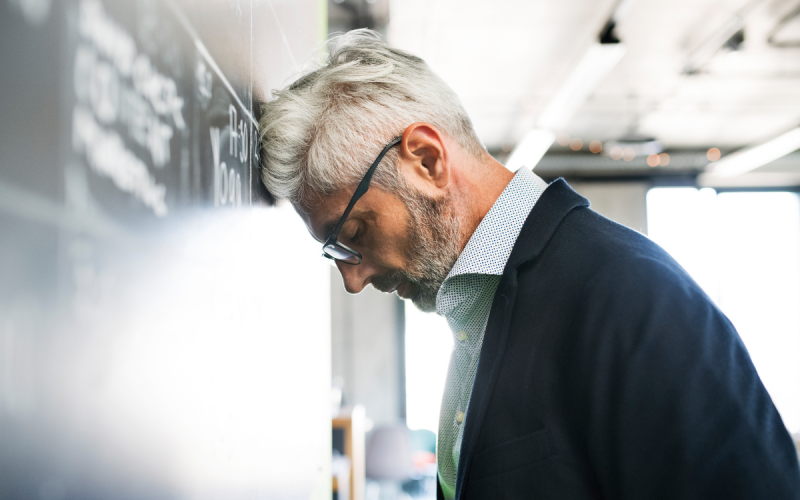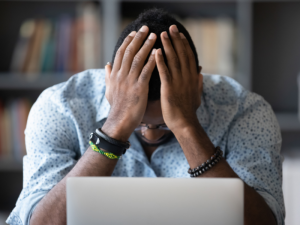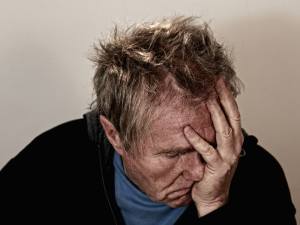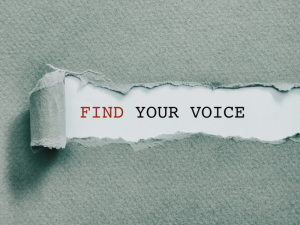And more anxious too? Pounding heart, heavy breathing, churning stomach and sweating hands can be some signs and symptoms of anxiety, along with the need to escape. It is a horrible, distressing experience, often accompanied by embarrassment and shame.
Mindfulness has been the first pick from the toolbox of relaxation techniques for some time. It is gaining popularity with employers, healthcare professionals, and the NHS. It requires no special equipment or clothing; it is available anytime from easy to use and in the main free Apps.
Don’t get me wrong, I use a mindful approach in almost all aspects of my work, but it needs tailoring to individual needs to help more people. Yet, I hear all too often in my treatment space that I listen to people reporting they don’t find mindfulness comforting. Instead, they recall the sensations and feelings I associate with the opposite of relaxation, the sweating, tight chest, and churning gut of anxiety.
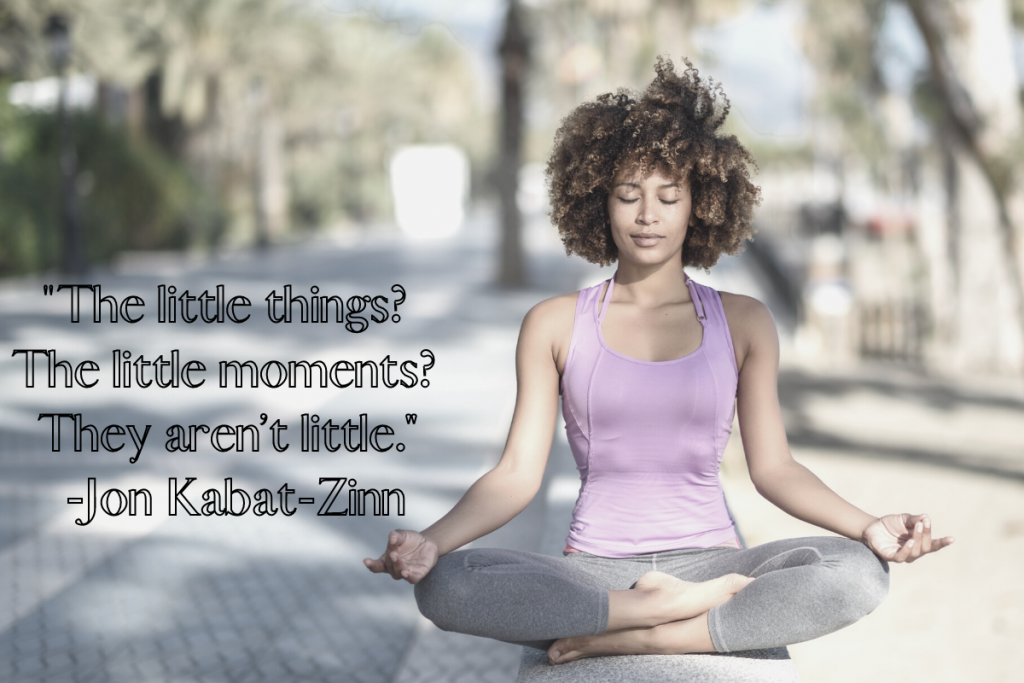
Mindfulness
In its classic form, mindfulness is the practice of stillness and focusing on the present moment, the here and now. Its popularity has surged over the past few years because of increasing reports of stress, anxiety and isolation from the Covid-19 pandemic. Many online courses, videos, articles and books have been raving about its virtues.
Whether practised alone or with a digital or human guide, mindfulness asks that users tune in and notice what is happening in their bodies and minds and offer a moment of quiet from our carousel lives to notice what we notice without judgment and explore our thoughts and feelings. This process of noticing and tuning into feelings aims to increase self-awareness. However, it can also cause discomfort and heighten emotions, especially in the early days, making people more aware of their anxious thoughts and growing anxiety.
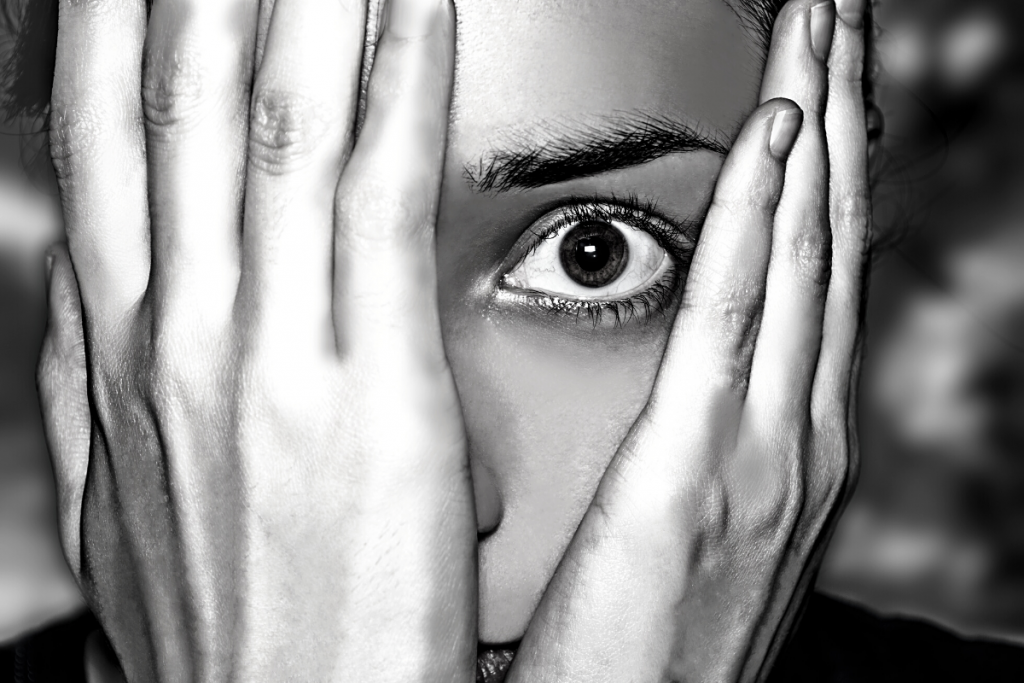
As pressure and stress are ever-present, did you know some organisations have discussed mandatory meditation to increase productivity? Rather than removing the stressor, whether that unrealistic workloads or poor leadership, some employers encourage their staff to use a cheap albeit temporary quick fix; mindfulness meditation. Without sounding cynical, it will be more difficult to complain about your workload or too much work-related stress if your employer points out that they’ve offered you free access to a relaxation App. The primary concern is the one size fits approach delivered via Apps and videos without supervision or adaptation to individual needs or consideration of existing health problems, and undiagnosed mental health concerns are not risk-free.
What do the experts say?
The co-authors of the Buddha Pill, psychologists Miguel Farias and Catherine Wikholm, raised concern about the lack of research into meditation and mindfulness’s adverse effects. Farias reports that media coverage inflates the moderately positive impacts of mindfulness and either doesn’t report or underplays the downsides.
Like any intervention, nothing works for everyone, and mindfulness can have adverse consequences for some people, even those with a short daily practice. It’s difficult to know because researchers have yet to record negative experiences.
David Shapiro, a professor at the University of California, has also raised concerns about the need for more quality research on the impact of mindfulness, specifically the need for controlled studies. What has been clarified is the risk of adverse consequences with mindfulness practice increases with some mental health problems.
Studies show any meditation practice, including mindfulness, may trigger re-experiencing of traumatic memories in those with Post-traumatic stress disorder (PRSD), which is highly distressing and can set people’s recovery back.
These folks should learn with highly experienced trainers and avoid using Apps or online recordings initially. This advice’s downside is increased costs and accessibility concerns, especially for those housebound or living during numerous pandemic lockdowns.
Florian Ruths, who has been a is a consultant psychiatrist in adult mental health and clinical lead for mindfulness-based therapy at South London and Maudsley NHS Foundation Trust for more than a decade, has been researching and teaching mindfulness to colleagues and treating patients with mindfulness-based interventions.
He states that teaching yourself Mindfulness through Apps or online guides is probably risk-free for people free of stress and without any clinical mental health issues or illness.
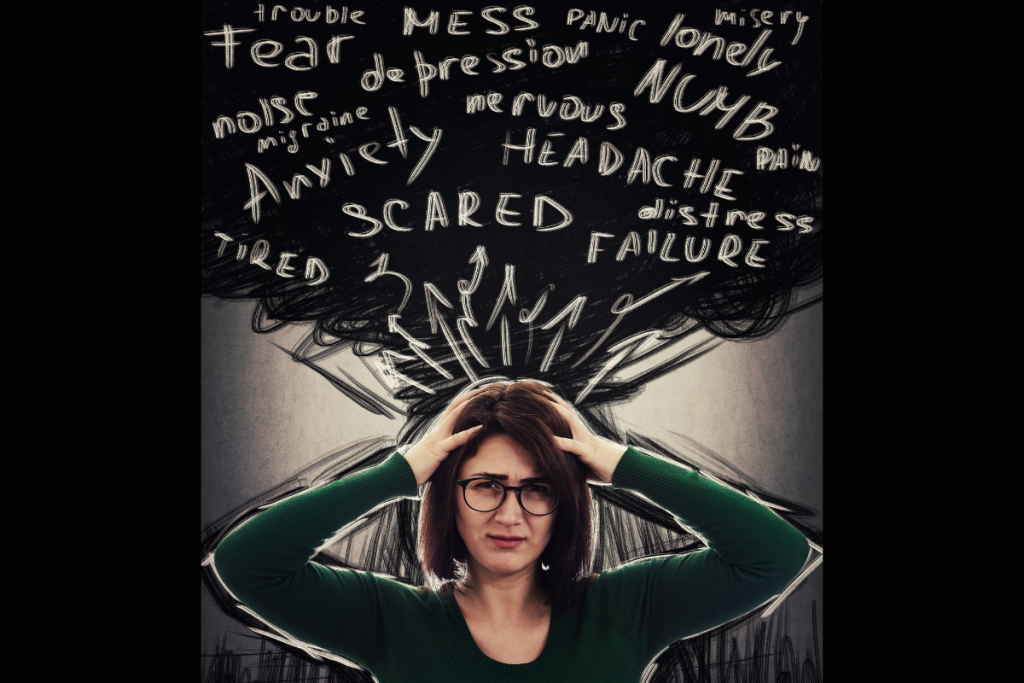
Do you want to give mindfulness another try?
Preparation can help; focus on grounding first; if lying down, bend your knees, or if standing, kick your shoes and socks off to feel your feet on the floor.
Wriggle your toes or rock from toes to heels.
If you are sitting and that’s impossible, try lightly stamping your feet or clenching and relaxing your fists.
You can use another lovely grounding technique anywhere: bring your awareness to whatever’s in the space around you, and count.
5 things you can see
4 things you can touch
3 things you can hear
2 things you can smell
1 more something you can touch
Counting activates the brain’s left side, which is responsible for logic and rational thinking, which can offer rapid relief from an acute anxiety attack.
Ways forward
If mindfulness is a mental training practice that focuses our mind on our internal experiences (emotions, thoughts, and sensations) in the present moment, we could do that anywhere. Moving meditation is a great option; walking is the easiest to turn up your internal focus. Quietly noticing how each foot strikes the ground and how the breath enters and leaves the body can offer similar results to traditional mindfulness and increase fitness along the way.
Try contemplative low-impact exercise practices such as Tai Chi, Qigong or Feldenkrais, or Hanna Somatics are forms of moving meditation proven to reduce stress and anxiety, improve blood flow, and increase energy. Breathwork, part of a mindful practice, can bring awareness and relaxation if used with a body scan, which involves gradually noticing parts of the body and bodily sensations from feet to head. It can get attention to every part of your body and release tension by noticing areas that feel relaxed and at ease, along with those that feel tense or uncomfortable.
We can encourage an inward, internal focus by gazing at a fixed object; the flame, an open fire or candle, or a natural object like a pebble or tree. Instinctively, we have looked at things to unwind or relax since humans existed.
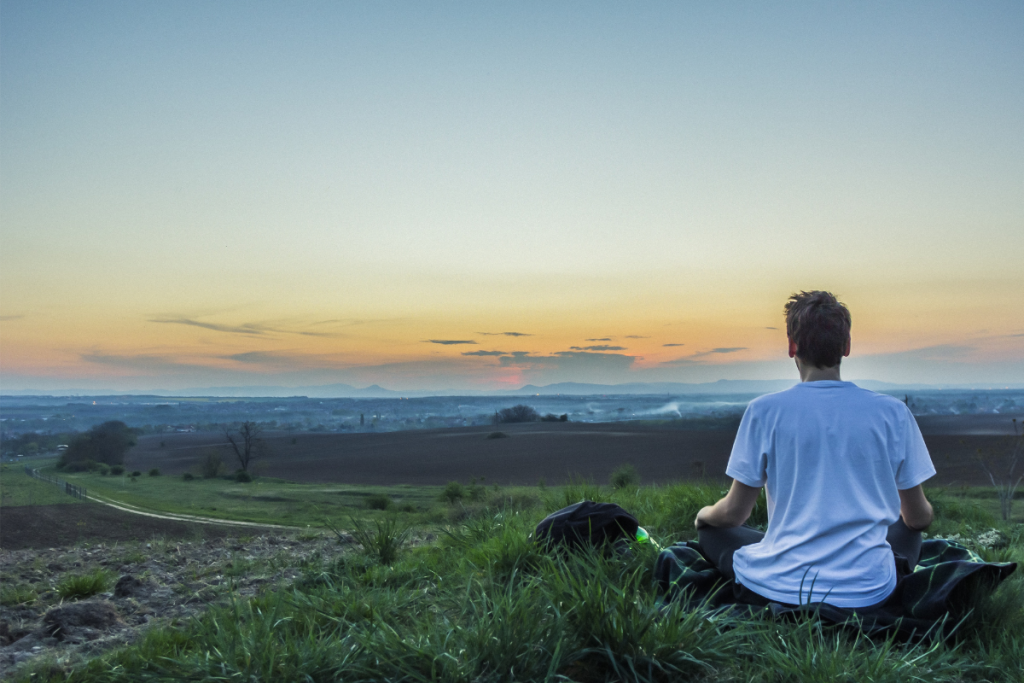
Other ways forward
Anxiety can be severely debilitating, but it doesn’t have to take control of you or your life. It can be associated with other conditions, so a visit to your doctor is always prudent to rule this out. However, know that living, flourishing, and thriving are possible without constant worry or concern about potential dangers or fear of the world.
Effective treatments, including medication, are available to help people cope, often only needed temporarily. Talking therapy can help discover the hidden triggers, and guided relaxation techniques help reprogram the primitive brain to remove the unhelpful feelings associated with memories. Lifestyle changes are essential, too; making time to support our mental health is as crucial as the steps we take for granted to look after our physical health.
Get some bodywork treatment as an osteopath. I’m going to recommend its gentle therapeutic approaches. Nonetheless, any hands-on therapy can help calm the body and ease the physical symptoms of anxiety and stress. Osteopaths are skilled in releasing muscle tension to support the body’s self-correction after a treatment session. Those of us with additional training can also teach an individualised way to manage anxiety calmly in our safe spaces.
Final words
Mindfulness is best learnt when folks feel relaxed and safe, becoming a beneficial, easily accessed habit when needed.

